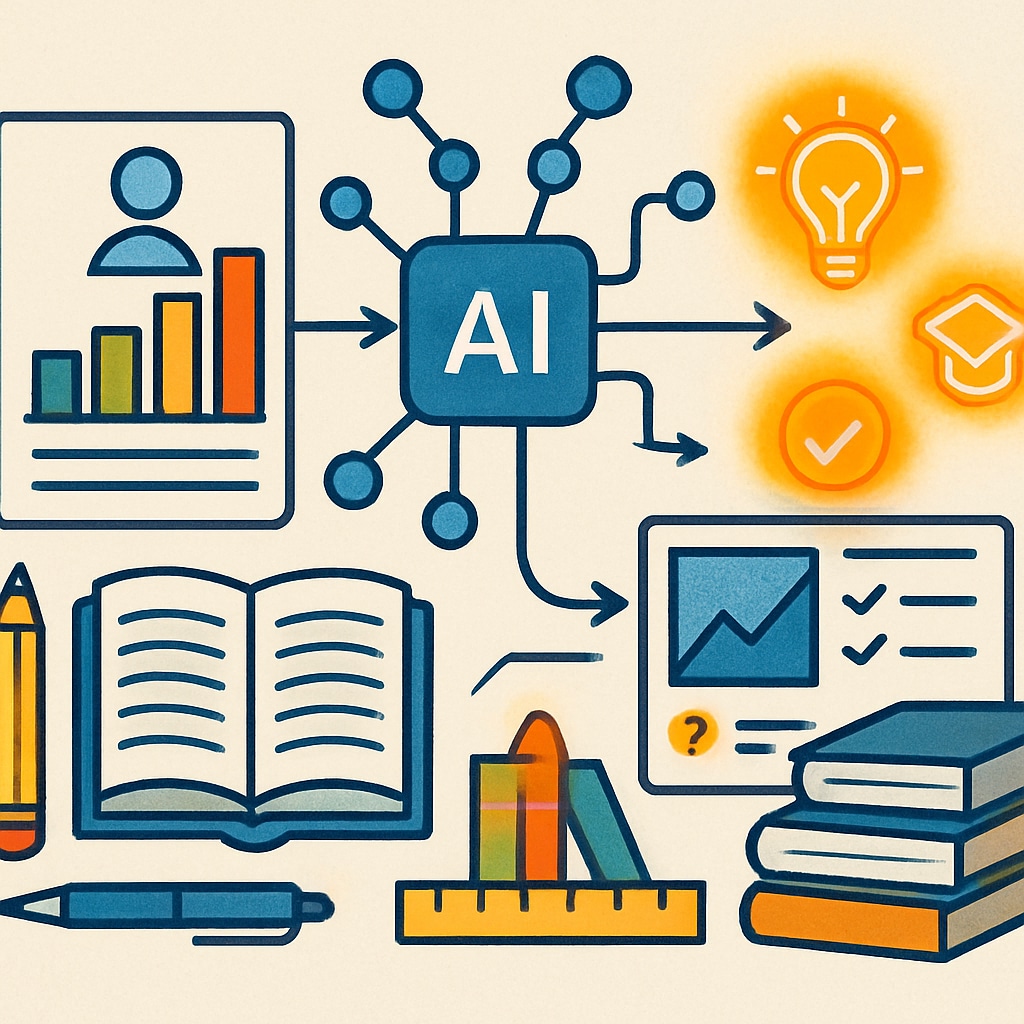As artificial intelligence (AI) continues to transform education, traditional competitive exams face significant challenges. The rapid evolution of AI technologies is reshaping how we evaluate students, pushing educators and policymakers to rethink assessment methods. This article delves into the necessity of revolutionizing K12 examination systems to nurture innovative, future-ready talents.

The Limitations of Traditional Competitive Exams
Competitive exams have long been the cornerstone of educational systems worldwide, designed to rank students based on standardized tests and measurable academic performance. However, these systems are increasingly criticized for their inability to assess critical skills such as creativity, problem-solving, and collaboration—qualities essential in an AI-driven world.
- Rigid frameworks: Standardized exams often focus on rote memorization and uniformity, leaving little room for individual expression or diverse learning styles.
- One-dimensional talent assessment: Traditional methods fail to evaluate broader skill sets like emotional intelligence or adaptability.
- Outdated relevance: In a world dominated by AI and automation, reliance on outdated testing models may hinder the cultivation of innovative thinking.
As a result, traditional exams risk becoming obsolete in preparing students for the dynamic challenges of the future. This calls for bold reforms in how we evaluate and nurture talent.
The Role of Artificial Intelligence in Assessment Innovation
Artificial intelligence offers transformative potential in evaluating student performance more holistically. By leveraging AI-powered tools, educators can design assessments that go beyond traditional metrics to measure diverse competencies.

Key innovations include:
- Adaptive testing: AI can personalize assessments based on individual progress, ensuring tailored challenges that match students’ abilities.
- Real-time feedback: Machine learning algorithms can provide instant insights, allowing both teachers and students to address gaps more effectively.
- Skill-based evaluations: AI tools can assess creativity, teamwork, and critical thinking using project-based or interactive tasks.
For example, platforms like Khan Academy and edX already use AI technologies to personalize learning experiences, paving the way for smarter assessment systems.
Reimagining Talent Selection in the AI Era
As society moves toward automation and AI-driven industries, the traditional model of talent selection must evolve. Competitive exams should focus on fostering innovation and adaptability rather than merely ranking academic performance.
To achieve this, educational systems must:
- Embrace interdisciplinary learning: Integrate STEM (science, technology, engineering, mathematics) with arts and humanities to encourage diverse skill development.
- Prioritize soft skills: Evaluate communication, leadership, and emotional intelligence alongside academic proficiency.
- Support lifelong learning: Shift from one-time exams to continuous assessment models that adapt to students’ evolving capabilities.
By adopting these strategies, schools can prepare students to excel in a future shaped by AI technologies and global challenges.
Conclusion: The Path Forward
Artificial intelligence is no longer a distant concept—it is a driving force behind the transformation of education. Traditional competitive exams, while historically significant, are no longer sufficient to address the complexities of the modern world. By integrating AI-driven solutions and adopting innovative assessment practices, K12 education can shift from ranking students to cultivating future-ready talents equipped to thrive in an AI-dominated era.
As educators and policymakers embrace this revolution, the true potential of AI in education can unlock a generation of creative, adaptable, and innovative learners who are ready to tackle the challenges of tomorrow.
Readability guidance: This article uses concise paragraphs, clear transitions, and accessible language. Lists and headings provide structure, while examples and external links enhance credibility and depth.


